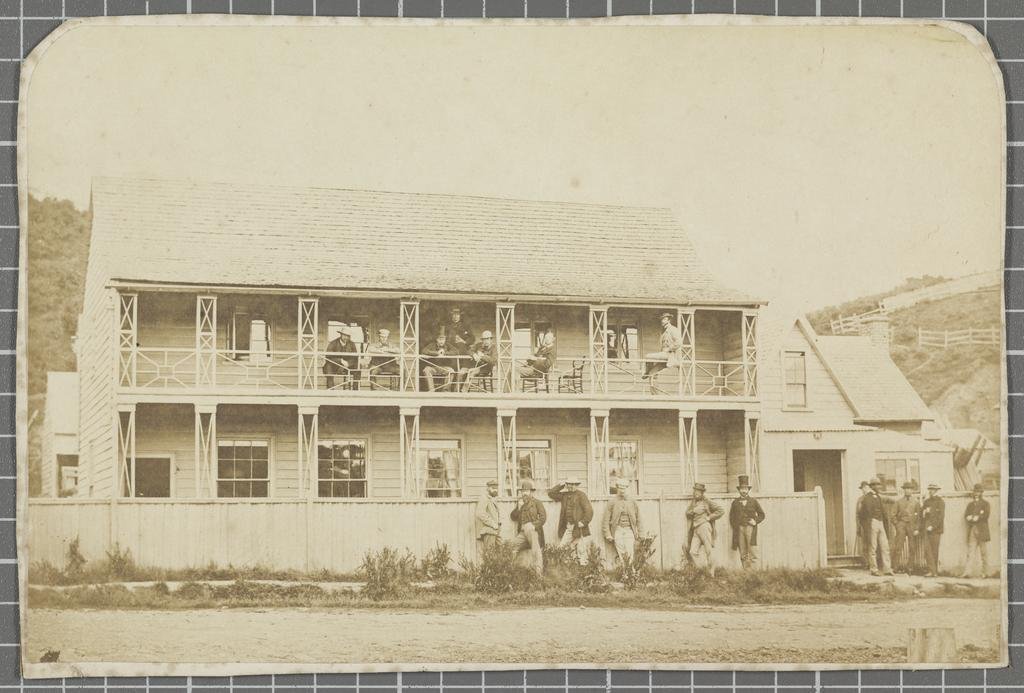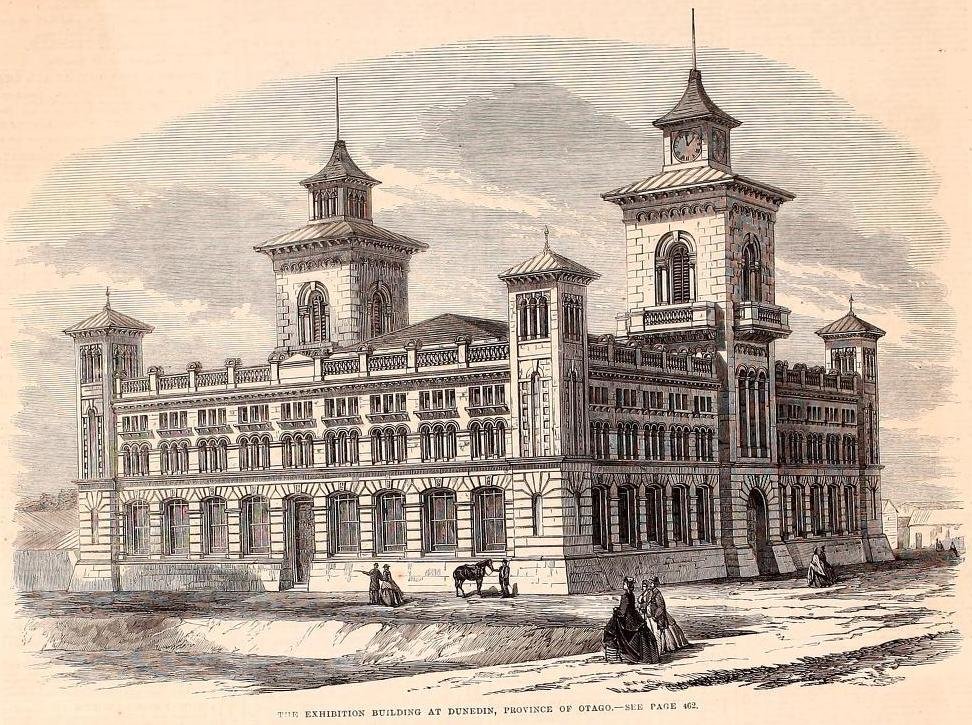
Writer Brian Miller will discuss how by drawing inspiration from events such as London’s Great Exhibition of 1851, European settlers in Dunedin created local versions.
"These exhibitions brought in commerce, they brought artists, they really invigorated the city," Mr Miller said.
While many might recall the New Zealand and South Seas International Exhibition of 1925-26, Dunedin hosted three significant earlier fairs that laid the groundwork for the city’s cultural and economic development.
The Free Church of Scotland settlement in Dunedin was established in 1848.
Initially a modest town of dirt tracks and simple one- or two-storey homes, the discovery of gold in Gabriel’s Gully in 1861 transformed the city’s fortunes.

This gold wealth transformed the city, as elegant mansions supplanted basic dwellings and the cityscape was adorned with Gothic Revival architecture.
"You build a city with the gold, and you build a Gothic city because at that time the Gothic Revival was happening in the UK," Mr Miller said.
An opportunity to spend this wealth was the Bazaar and Industrial Exhibition of December 1862.
Hosted at the Dunedin Club’s former residence in Maclaggan St, the event showcased a diverse array of goods.
Attendees could explore displays of art, industrial machinery, building materials such as wood, stone and brick, and resources including gold, coal, copper, wool and flax.
The Otago Daily Times reported favourably on the event, highlighting a "gold octohedron" representing all the gold obtained in the province if formed into one great crystal.

Building on this success, the New Zealand Exhibition of 1865 marked a bolder endeavour.
To accommodate the event, a Italianate building designed by local architect William Mason was erected in Great King St.
The exhibition attracted "800 exhibitors, and from all around the world", Mr Miller said.
During the five months it was open, it drew about 30,000 visitors.
A standout feature was the display of over 400 paintings, heralded as "the first real big art exhibition in New Zealand".
The event was covered internationally in publications including The Illustrated London News.

The momentum continued with the 1889-90 New Zealand and South Seas Exhibition.
Spanning 4ha between Cumberland and Crawford Sts, the fair featured Moorish-themed architecture and attracted over 600,000 visitors in five months.
Exhibits included contributions from local businesses, regions such as Canterbury and Auckland and international participants from Africa, Asia, Europe, North America and Oceania.
Visitors enjoyed diverse attractions, including concerts, a switchback railway roller coaster, a natural history court and an extensive art collection.
Many of the showcased paintings were later bought for the newly established Dunedin Public Art Gallery, Mr Miller said.
The pinnacle of Dunedin’s exhibition history was the New Zealand and South Seas Exhibition of 1925-26.

The fair featured a fernery, cinema, aquarium, restaurant, sports ground, band rotunda, motor court and a festival hall with a 2500-seat capacity.
A broadcasting station on site allowed audiences across New Zealand and Australia to tune in to live entertainment, including performances by the Argyll and Sutherland Highlanders Band.
The exhibition’s park boasted over 60 sideshows such as the "Crazy Cottage" and "Joy Wheel", alongside mechanical attractions including the "Fun Factory" and the 15m-high "Scenic Railway" roller coaster.
The event attracted 3.2 million visitors, delivering substantial benefits to local businesses and the Dunedin City Council.
The financial success of the fair enabled the council to build the 1929 Dunedin Town Hall.
Otago Settlers Association’s Tuesday Club Talk:
Brian Miller - Early Exhibitions in a City of Gold
Tuesday, February 11, 10.15am
Toitū Otago Settlers Museum














